
Summicron-C 40/2 with Kodak T-Max 400.
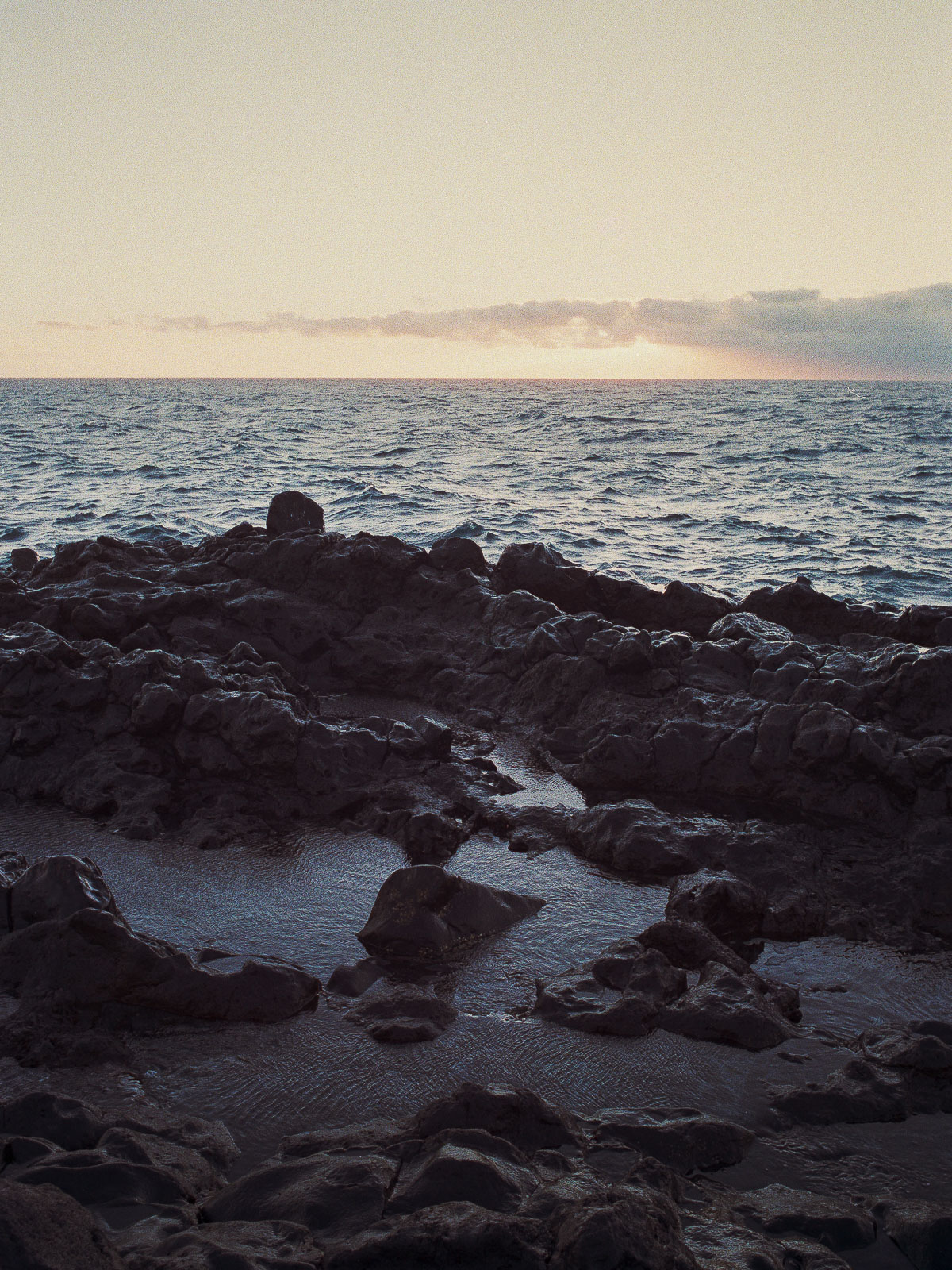
Summicron 28/2 ASPH with Fuji Superia 400.
I got a question a while back on whether I revisit lenses at all. I found it a pretty interesting question and one that probably doesn’t have a very apparent answer even for avid readers of this site.
I generally prefer to use few pieces of gear at any given time, letting me really get to know the equipment I’m shooting and evaluate it on a fundamental level. When I get a new lens or camera I normally stick with that and nothing else for quite a while. So then it might seem like this is a one way street – moving onwards and only using that. But I actually do find there’s value to go back to pieces of gear that I haven’t shot in a while. And lately I’ve been doing it more than in quite some time. So I figured it could be a good opportunity to sum up a few thoughts on why I do this.

Summicron-C 40/2 with Kodak T-Max 400.

Summicron 28/2 ASPH with Fuji Superia 400.
First it helps me to keep my objectivity for doing my reviews. It’s really hard to evaluate anything in isolation, let alone things like image quality in lenses where differences can be subtle. Having as much as possible to compare to makes it easier to pin down any unusual characteristics. And revisiting a lens lets me ensure that the conclusions I’ve come to in both older and more recent reviews hold true. Things like ergonomics and build quality differences are also much easier to pin down changing from lens to lens.
It also allows me to add findings to older reviews. Occasionally I find some new traits as my eye for subtler traits becomes keener. Back when I started doing reviews on the site I was shooting digital almost exclusively but returning and shooting some of these lenses on film can also reveal some unexpected characteristics that make me feel that a lens might be better suited for one medium or the other.

Elmar-C 90/4 with Fuji Superia 400.
Lastly as I’ve been reviewing a few pretty expensive lenses lately it also helps me keep my perspective in check – making a few frames I love with a cheap lens clearly demonstrates how little most of the subtler differences really matter in the end.
Obviously it’s not possible to always have this approach, mainly because I often sell a lens once I move on*. Still I find that when the opportunity is available there’s definitely value in the method.
* Though I do have a real talent for procrastination and hang on to some pieces of gear far longer than I really should.
As for some practical evidence of this I’ve revisited the following few lenses in the past few months and updated the corresponding reviews with a few new findings.
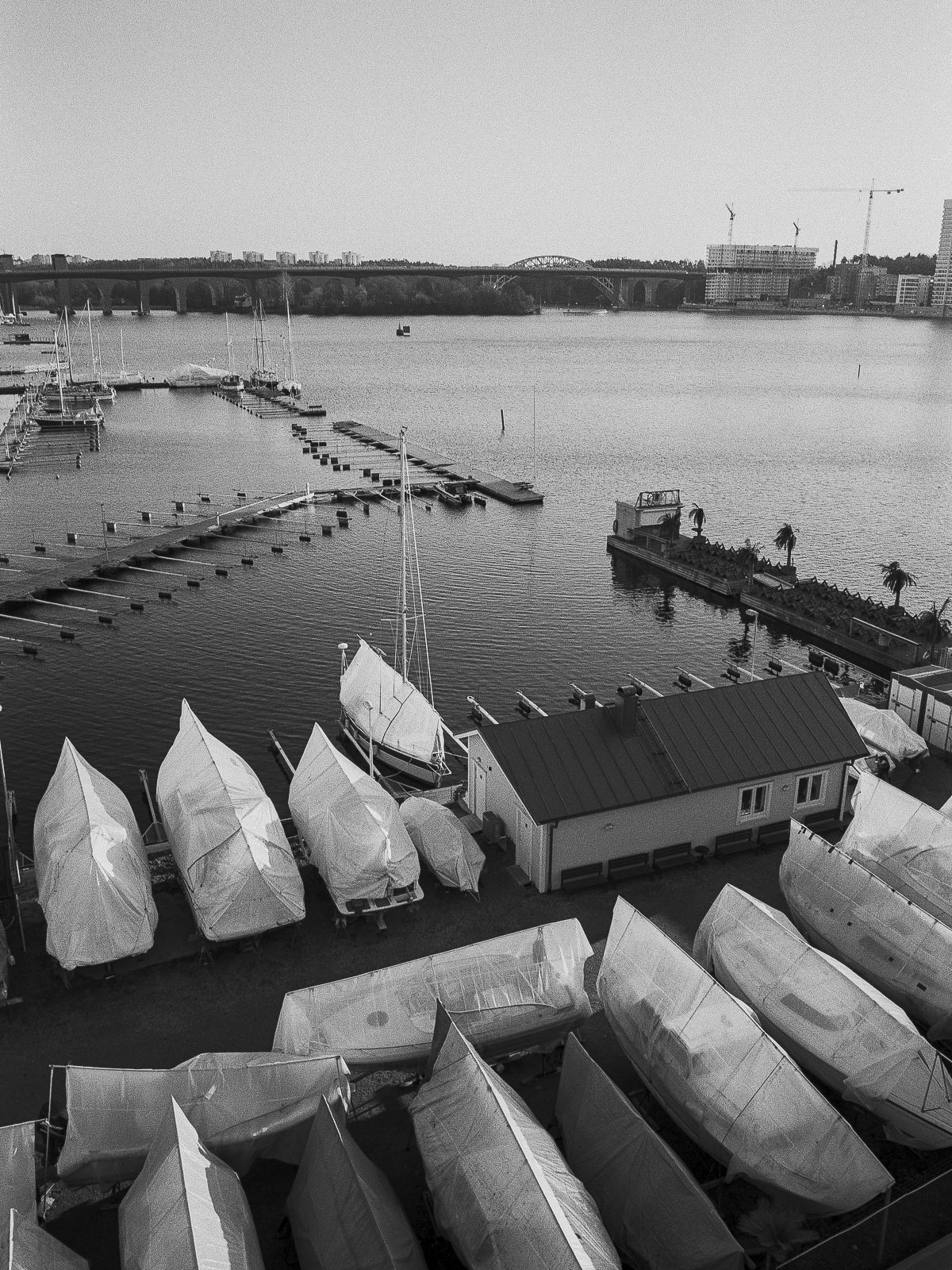
Skopar 25/4 with Kodak T-Max 400.

Nokton 40/1.4 with Fuji Superia 400.
We traveled a bit over Christmas holidays and I wanted to have a straight forward kit with me. I ended up returning to a favorite combination from a while back – the ZM 50/1.5 Sonnar paired with the Leica 28/2 ASPH, a real favorite I hadn’t shot in a while. All I can say is that the 28 is still incredible! It handles great and the rendering it offers is simply sublime with a perfect balance of high performance and gentle character. It does well with both B&W and color, film and digital. Nothing of this was really news and as I’ve shot the lens so much in the past I’ve already covered this pretty neatly in my review, still it’s nice to see how well this old favorite holds up.
Back when I reviewed this lens I’d pretty much only shot it on color film on the Leica CL and on the digital M9. I recently shot a bit more than a roll of black and white with this little lens recently and found it quite lovely. Coming from shooting its modern sibbling, the Summicron 35 ASPH, so much lately some of its shortcomings stood out pretty clearly, but its strengths also became even more apparent. I find it incredibly comfortable shooting a lens this compact. I also feel like the slightly gentler contrast characteristics gives a more pleasant look in B&W than with the 35 ASPH, though you need to stop down a bit to get a good balance between positive and detrimental traits. I also hadn’t really shot it on the M4-P much before, something that proved informative. I couldn’t really spot any focus calibration issues which was nice but not a huge surprise. On the negative side I found that the slightly more generous framelines on the M4P vs the M9 meant that neither 35 or 50mm framelines felt like quite as close an approximation for framing as the 35mm ones on the M9. I’d probably lean towards the 50mm ones actually feeling closer, but it felt like a slightly bigger hurdle to compensate mentally than with the M9. Still the overall experience was a really pleasant one.
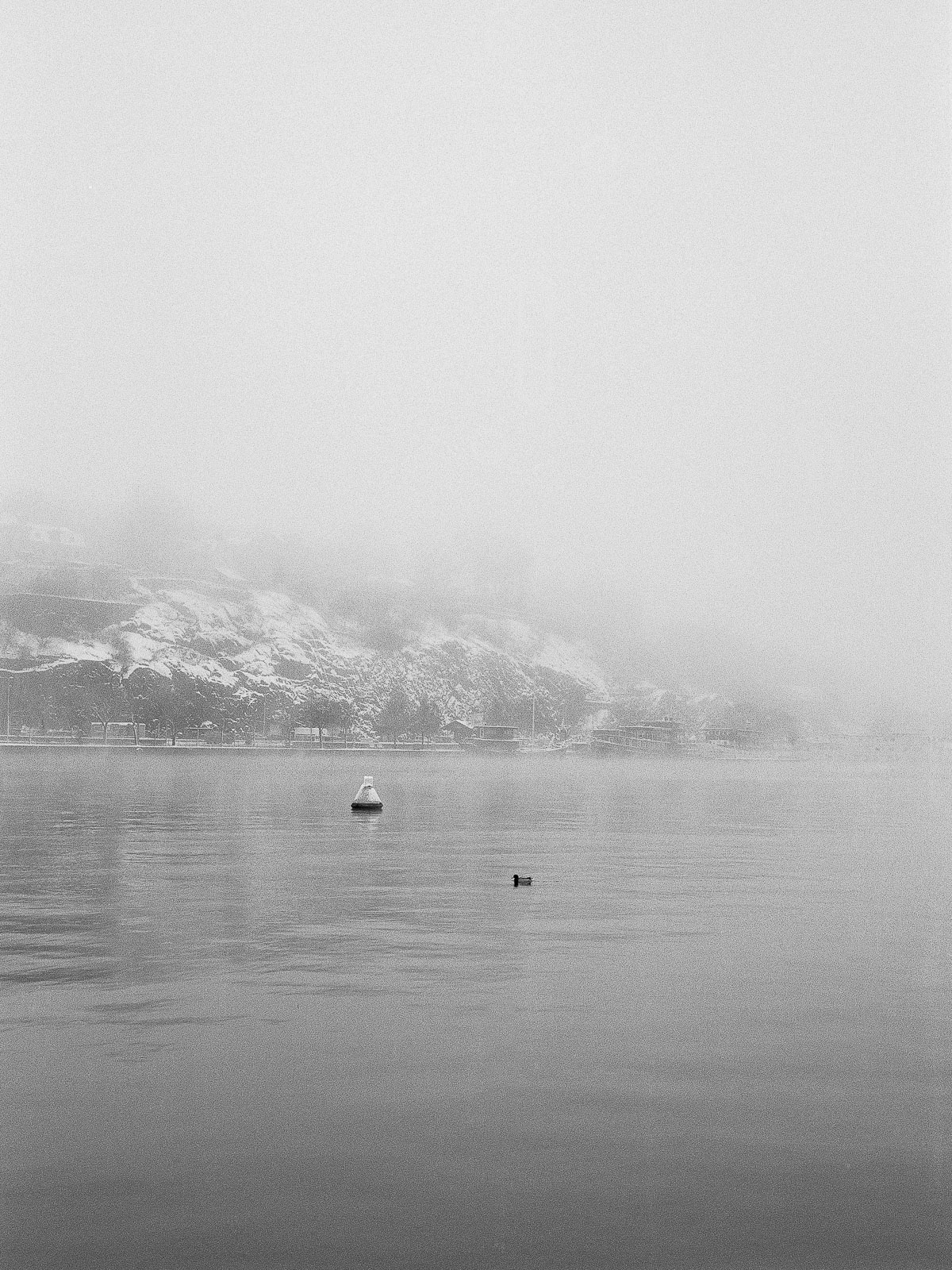
Summicron-C 40/2 with Kodak T-Max 400.
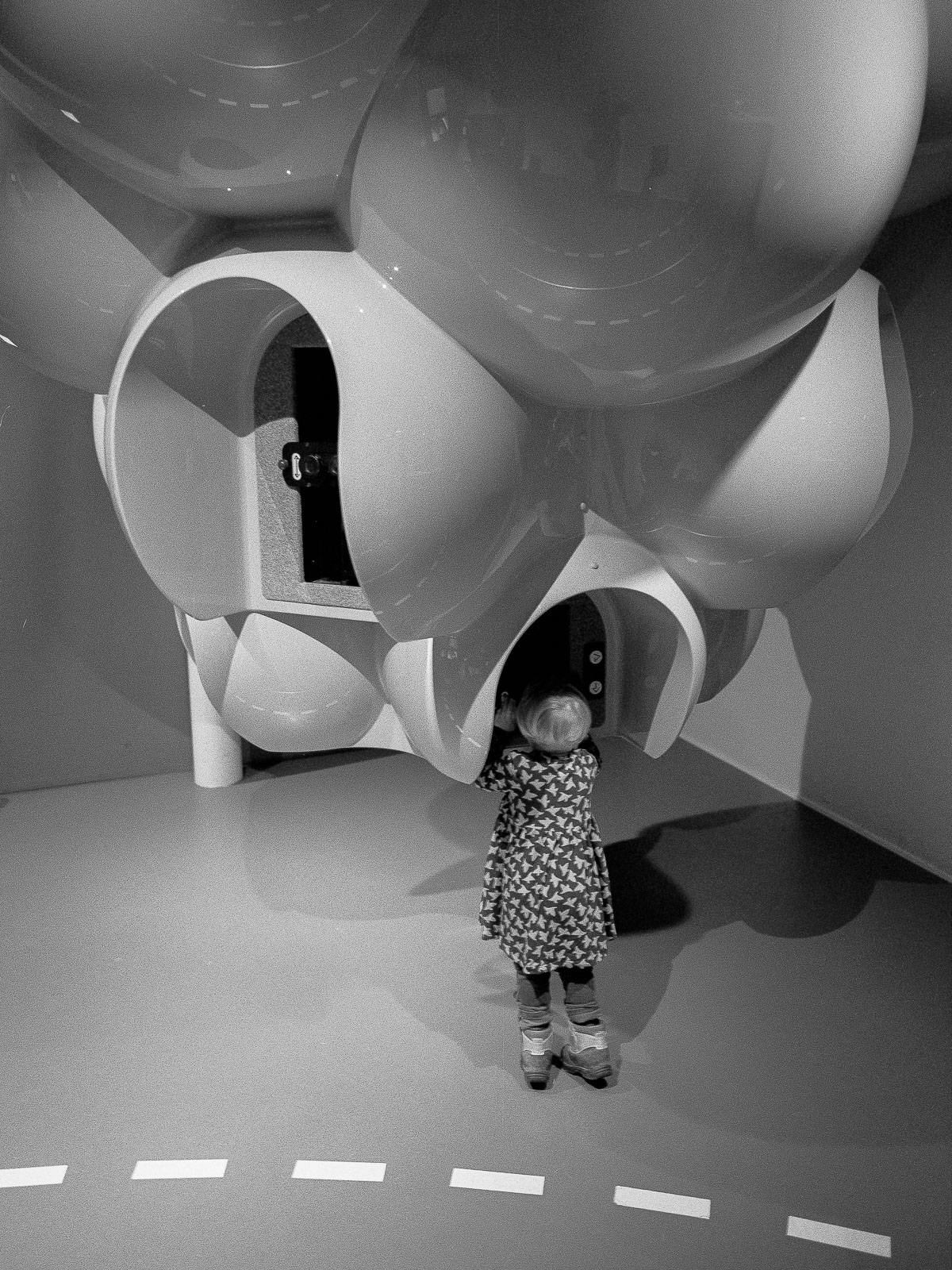
Summicron 28/2 ASPH with Kodak T-Max 400.
When I reviewed this lens back in 2015 I hadn’t shot it much on film at all. So a while ago I took it for a spin for about half a roll on my M4P. I do find it a bit on the slow side for general use and I’m not much of a fan of shooting a lens this long on a normal 0.7x magnification viewfinder. I still came away with a number of really pretty looking frames though. The rendering really is quite appealing. And considering the pleasant performance, low price and compact size of the lens it still feels like a good complement to my kit.
This little wide angle was a real positive surprise when I got it the year before last. It’s a really fun lens to shoot and at the price it’s going for I find it a real bargain. When I reviewed it I was shooting color film practically exclusively and as such didn’t really get a good feel for how the lens renders in B&W. Recently I set out to get a better feel for this and went through about a roll with it. While I didn’t find that the imaging traits were quite as well suited to B&W as for the Summicron-C 40 it still put up quite a pleasant performance. Overall I came away with a good number of frames I really like as well as reminded of how enjoyable the lens is to shoot.
One of my favorite lenses I hadn’t actually shot the Nokton much on film at all. So I recently put a roll and a bit through my M4P with the Nokton mounted. I instantly felt at home. The ergonomics are just perfect on it and the extra stop of speed over the 35 ASPH really comes in handy during this time of year (which is so incredibly dark in Scandinavia you can hardly believe it at times). Still like with the Summicron-C 40 I found it a little less straight forward to shoot with the more generous framelines on the M4P vs the tighter ones on the M9. I also found that to my eye its rendering on wider apertures is often better suited to digital than to film. The slight unevenness to the contrast takes a bit of harshness off in the digital realm, but on film I found it simply coming across as a little bit indistinct instead. I still came away with a good number of frames where its character worked very well and stopped down I still find it quite impressive. Overall it’s still within a hairs breadth of the 35 ASPH and factoring in the price difference I almost feel a little crazy for not just settling for the Nokton or Summicron-C. Still the 35 ASPH is without a doubt a better lens and a few of its traits means I currently prefer it (all of which I go into detail on in my review of the 35 ASPH), even if the Nokton remains among my favorites.

Summicron 28/2 ASPH Kodak and Fuji Superia 400.
Before concluding I just wanted to quickly mention having a go with a new B&W emulsion during this time too – Kodak T-Max 400. A real treat overall. I’ve shot a few different B&W film stocks in the past and being quite happy with the output of most of them, but not really settling on any single one as a clear go-to. But with T-Max 400 I’ve been really happy so far. It’s a noticeably sharper and more modern looking film than Ilford HP5, which has been my main choice previously, but still retaining a very pleasant balance and flexibility overall (which isn’t always the case with the more modern films). I’ve not shot it enough to say for sure that it’s my favorite B&W film, but it’s certainly up there*.
* I get all my film developed by a lab so the choice of developer ends up out of my hands. As that’s a major factor in what look you end up with it’s certainly possible that I’d be happier with another emulsion with a different developer. But combined with Xtol that my lab is using T-Max 400 has been a really enjoyable performer.
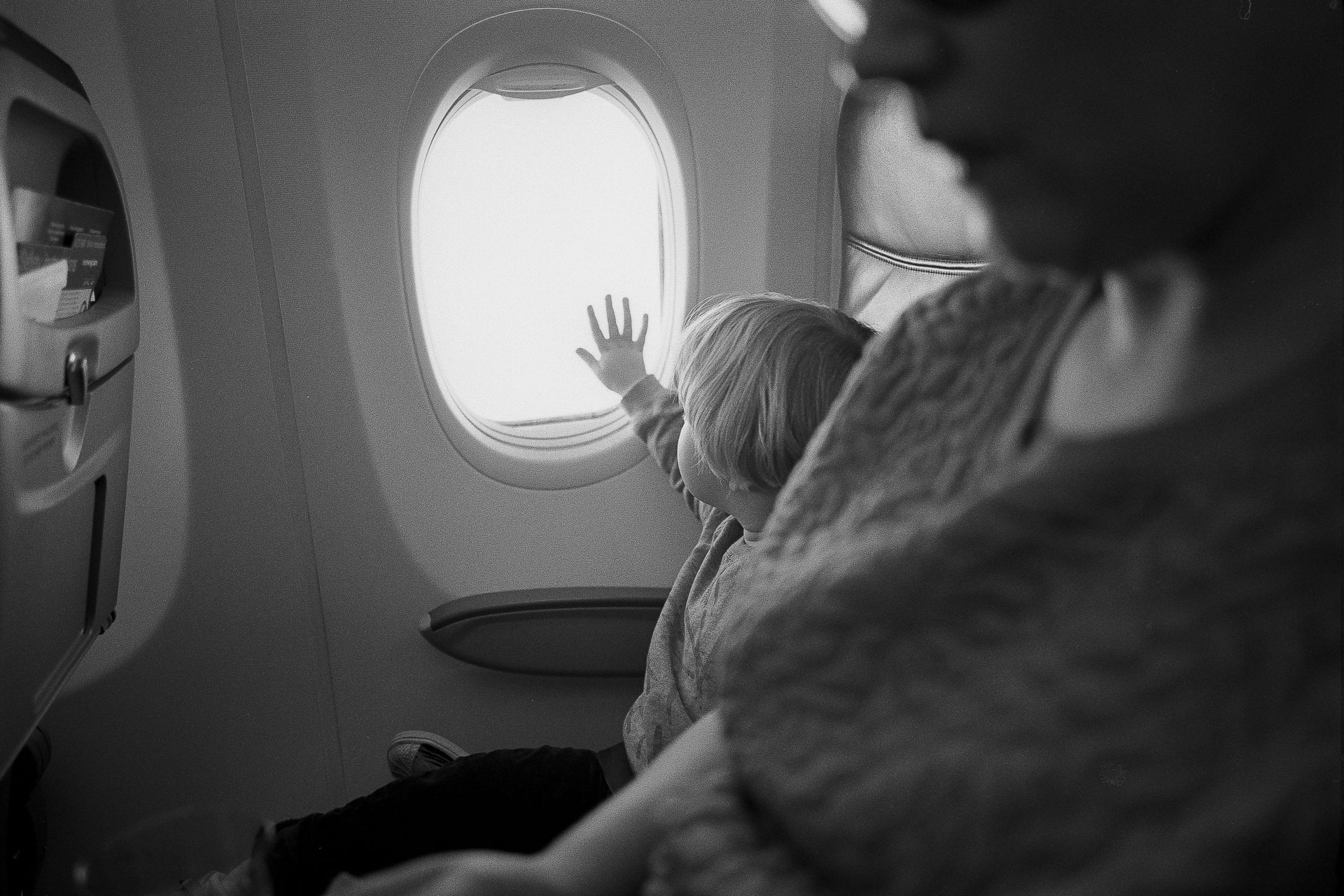
First flight – Summicron 28/2 ASPH Kodak and T-Max 400.
While I enjoy to keep things simple and sticking to little gear I’ve quite enjoyed revisiting these few lenses lately. I’m not sure this really has much bearing on future writings on this site except for a few minor updates to the associated reviews and a clearer perspective that there’s certainly value in returning to things previously covered.